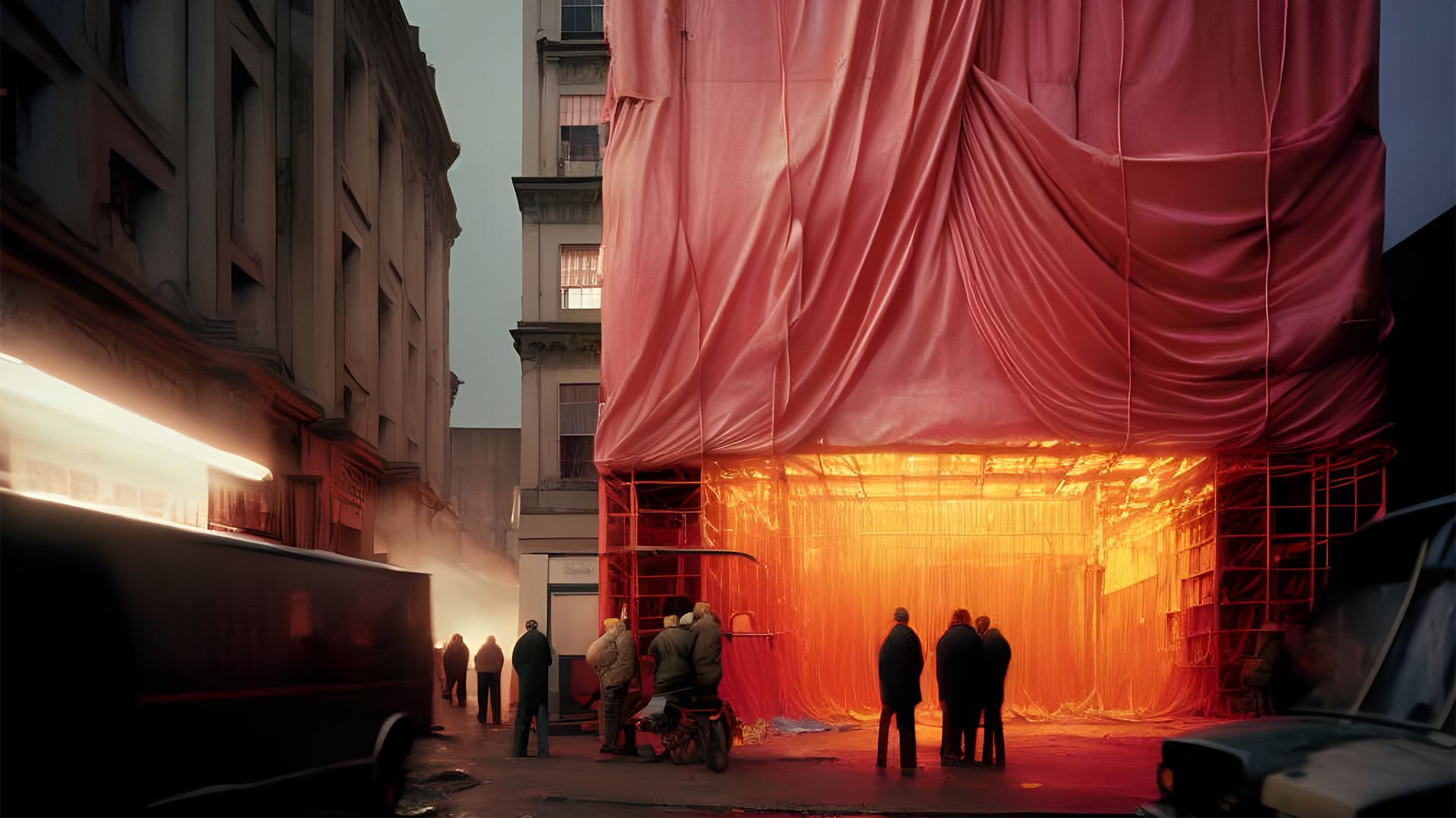ADS4: Green Room

About
Over the past year, a number of text-to-image AI tools have emerged, which have grown in popularity and complexity. Users of these tools can create digital images with little to no understanding of the underlying technologies, simply by writing textual “prompts” in natural language. Like theatre design (which starts with a script), these AI tools use words to dictate form. Yet, as anyone who has used them quickly finds out, some prompts are better than others, giving rise to an emergent field of linguistic design.
So, what if the future of design was lexical, mediated through the design of prompts? What if these text-to-image tools paved the way for a second linguistic turn in architecture – a turn which was fundamentally theatrical, which put linguistics ahead of all else, and which utilised the logic and potential of prompt design to unlock new attitudes towards land, the built environment, and the planet?
In response to decades of useless logorrhea, leading to political indifference, if not hostility, towards addressing the climate and biodiversity crisis, ADS4 set out this year to develop a performative architecture that borrows from theatre’s inherent understanding of the primacy of language on our perception of both time and space. Attempting to make sense of these emergent AI tools, our ambition is to better understand the role language will play in determining the landscape of the future.
In their different ways, the students showcased here are each exploring the belief that we must rewild our language before we can rewild the world.
Tom Greenall
Matteo Mastrandrea
Nicola Koller
@RCA.ADS4
Image: ‘Disassembly’, by Phoebe Flatau, ADS4 2023, a project that proposes a carnivalesque approach to the disassembly of Smithfield Market that embeds strategies to protect women, girls and gender diverse people.